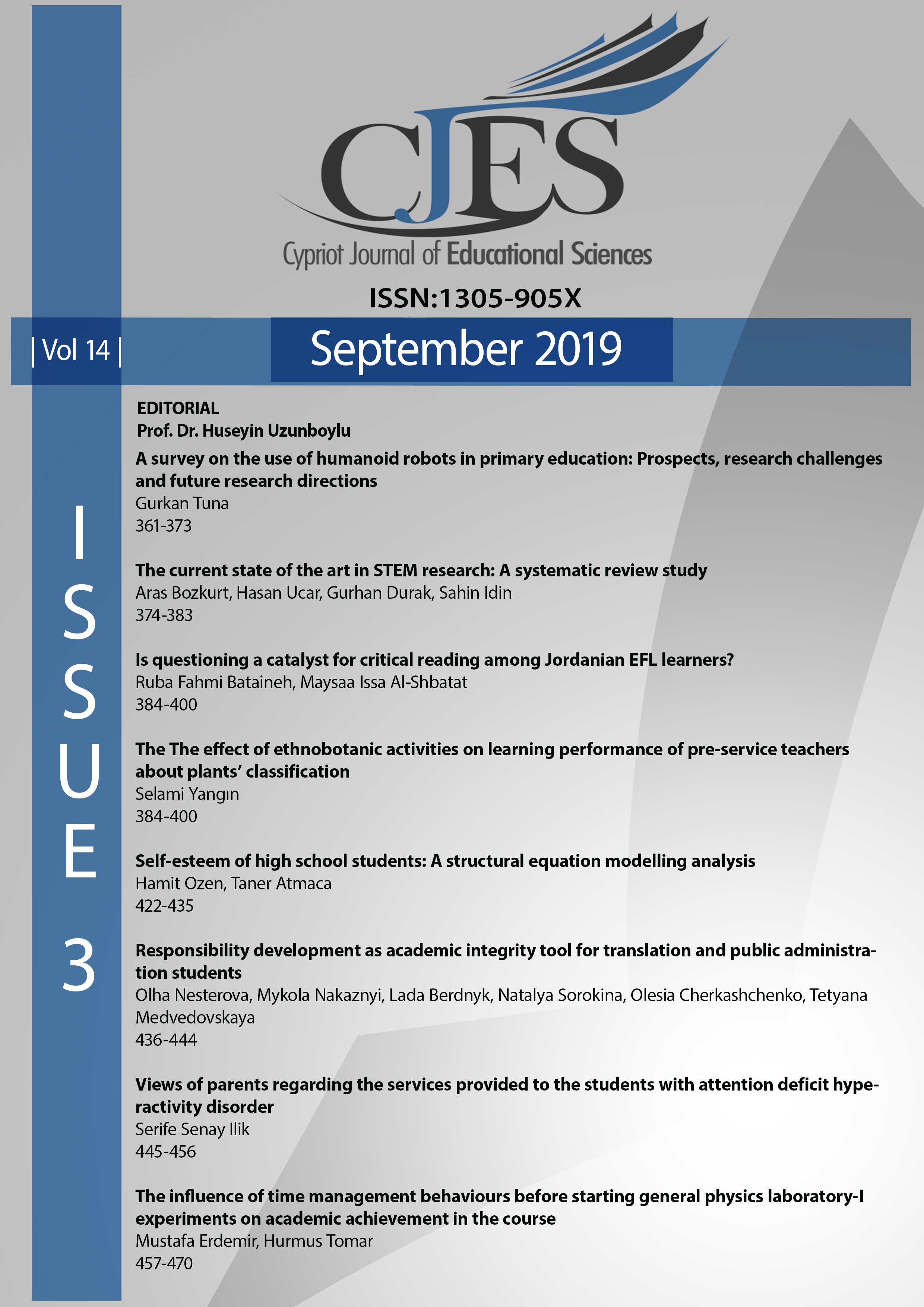A survey on the use of humanoid robots in primary education: Prospects, research challenges and future research directions
Main Article Content
Abstract
In parallel with the significant and exciting advancements in robot technologies, the use of humanoid robots to support teaching strategies and learning goals has become a popular topic. Different from the traditional instructional or learning tools, humanoid robots can exhibit mobile behaviours and numerous repetitions and are very helpful to the students in developing problem-solving and collaboration abilities. Presently, the roles of humanoid robots in classrooms fall into four main categories: learning materials, learning companions, teaching assistants and communication mediators to support group learning, respectively. With the humanoid appearance, anthropomorphism, interaction, flexibility, repeatability and digital data representation, humanoid robots have great potential to be useful especially in preschool and primary school education. In this paper, limitations and challenges of the use of humanoid robots as teaching assistants are presented in addition to exploring the relationship between humanoid robots and performance in learning.
Keywords: Humanoid robot, teaching, social interaction, learning tool, assisted learning.
Downloads
Article Details

This work is licensed under a Creative Commons Attribution 4.0 International License.
Cypriot Journal of Educational Sciences is an Open Access Journal. The copyright holder is the author/s. Licensee Birlesik Dunya Yenilik Arastirma ve Yayincilik Merkezi, North Nicosia, Cyprus. All articles can be downloaded free of charge. Articles published in the Journal are Open-Access articles distributed under a CC-BY license [Attribution 4.0 International (CC BY 4.0)].
Birlesik Dunya Yenilik Arastirma ve Yayincilik Merkezi (BD-Center)is a gold open-access publisher. At the point of publication, all articles from our portfolio of journals are immediately and permanently accessible online free of charge. BD-Center articles are published under the CC-BY license [Attribution 4.0 International (CC BY 4.0)], which permits unrestricted use, distribution, and reproduction in any medium, provided the original authors and the source are credited.

